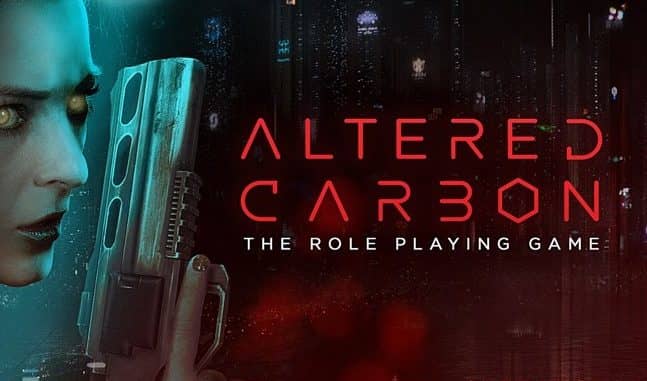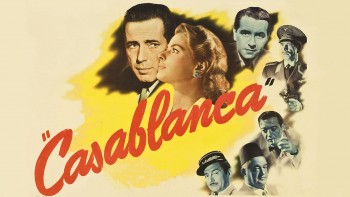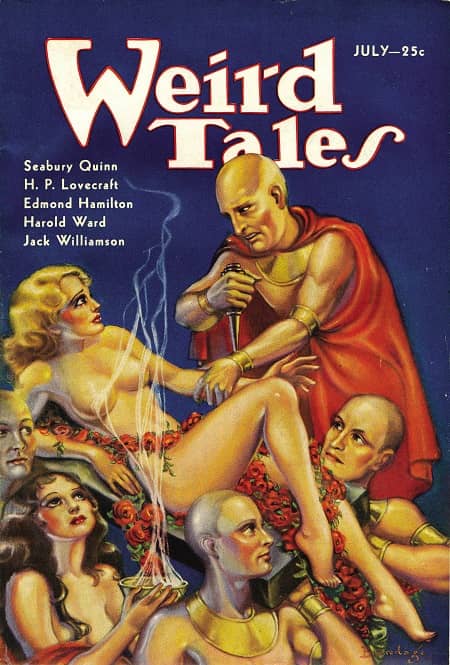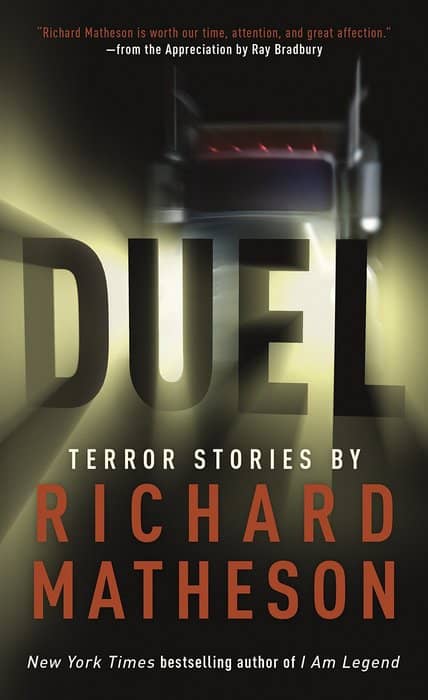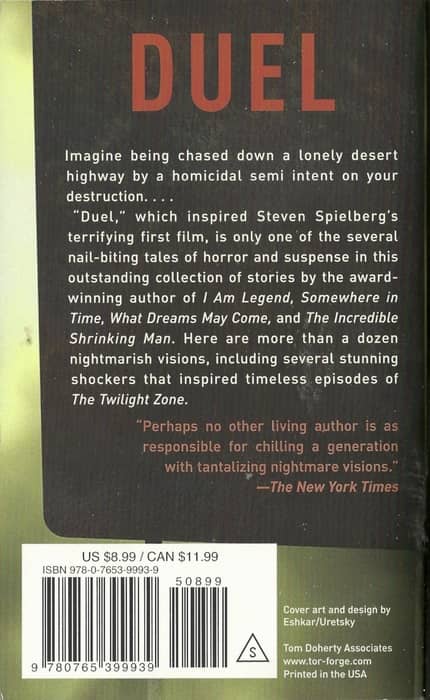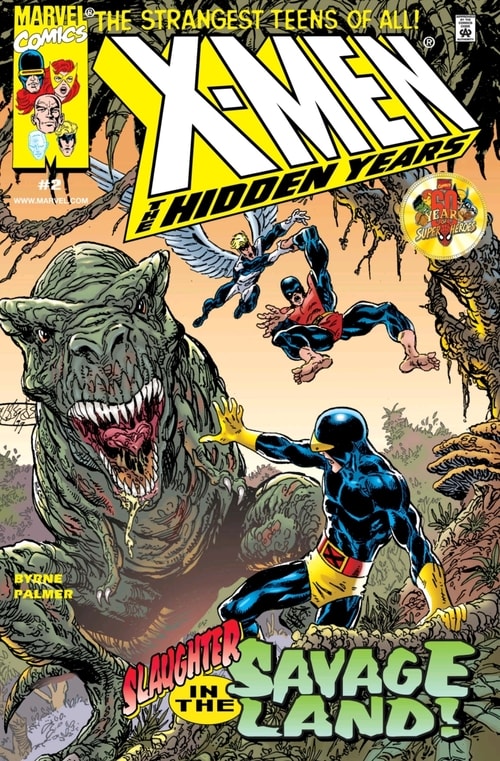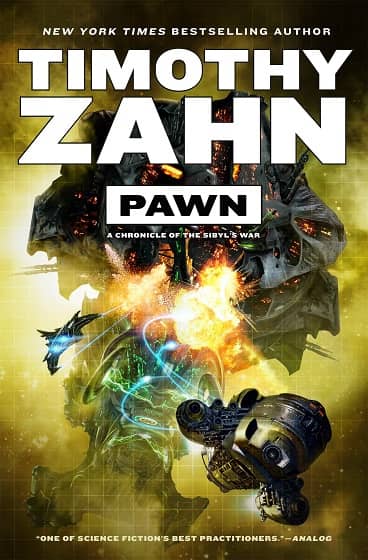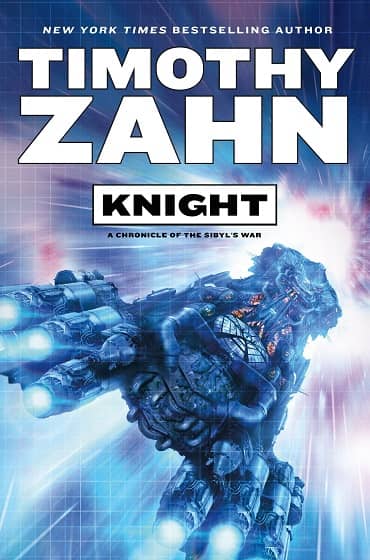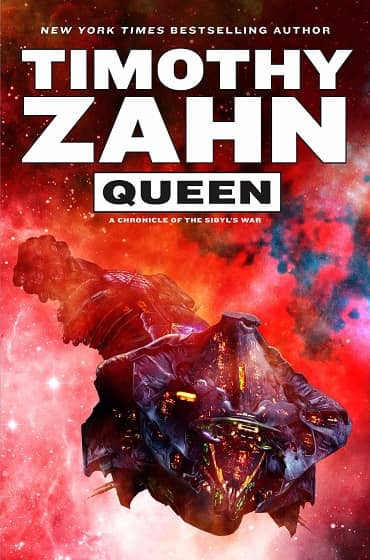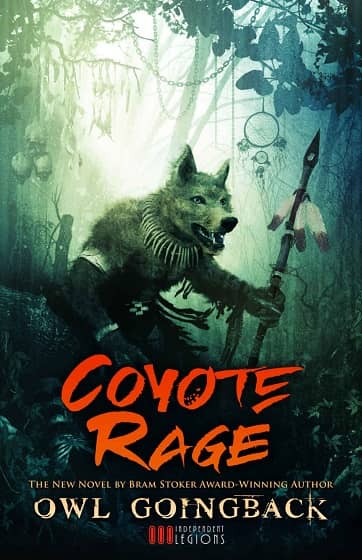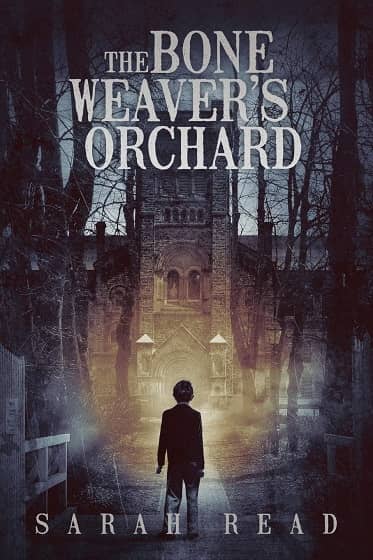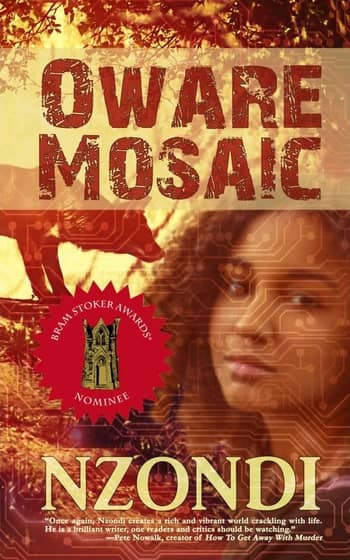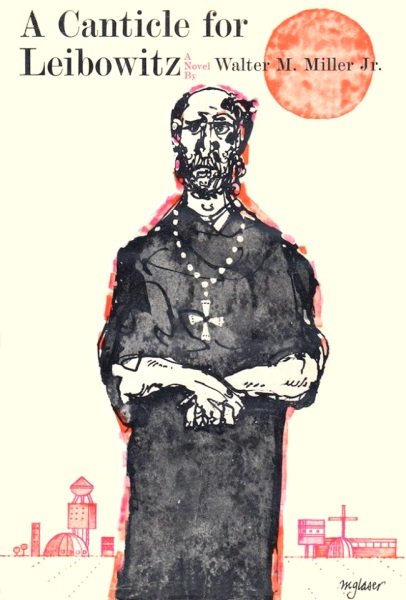New Treasures: Things in Jars by Jess Kidd
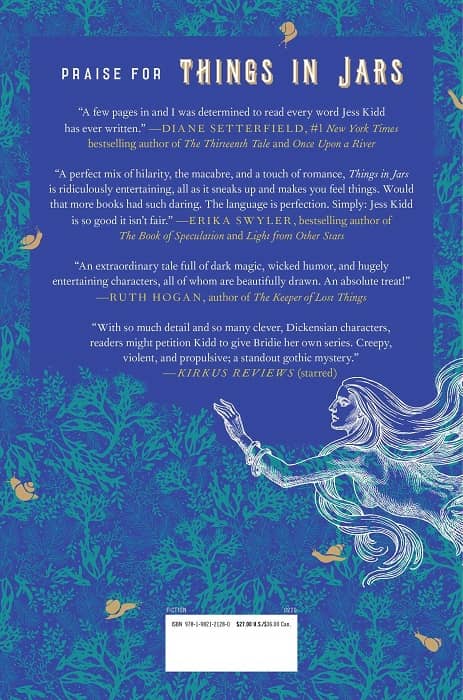 |
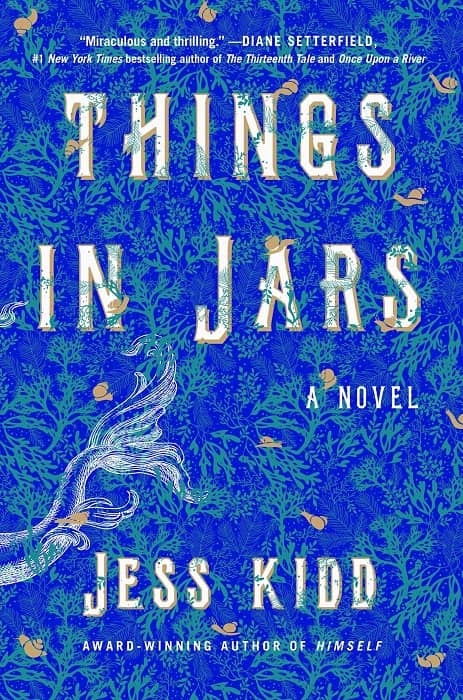 |
What is it about the Victorian Era that entrances modern readers? I’m not sure exactly, but something about investigating ghastly crimes on the gas-lit streets of London at midnight appeals to us all, I think. It certainly appeals to Jess Kidd, anyway. Her latest novel is Things in Jars — love that title! — which Kirkus Reviews calls “Creepy, violent, and propulsive; a standout gothic mystery.”
Things in Jars is the tale of a formidable female sleuth in Victorian London (with a ghostly suitor) who is pulled into the macabre world of fanatical anatomists and crooked surgeons while investigating the kidnapping of a very special child. The Guardian offers a more substantial summary, calling it:
High-camp crime… A pipe-smokin’, crypt-crashin’ heroine brings originality and freshness to this Victorian detective drama. This pacy piece of Victorian crime fiction delivers chills galore: pickled babies, wicked surgeons, a head in a hatbox and other unsettling discoveries.
Jess Kidd is the author of Himself, a “supernaturally skilled debut” (Vanity Fair) about a haunted Irish town, and Mr. Flood’s Last Resort, a tale of “Irish magical realism… mistaken identities, and a hoarder’s creepy house” (Library Journal), among others. Things in Jars was published in hardcover in February; here’s the description.
